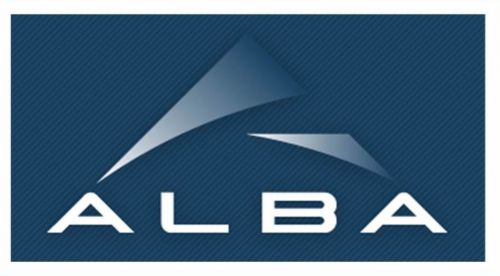
26/10/2016
MIRAS New ALBA Synchrotron Beamline Goes Under Researchers Skin
MIRAS New ALBA Synchrotron Beamline Goes Under Researchers Skin
Last week, the ALBA Synchrotron hosted the first official users at its 8th new beamline, MIRAS. Devoted to synchrotron infrared microspectroscopy (SIRMS), this new beamline is now available to the scientific community for conducting experiments in a wide range of areas such as materials science, biology and biomedicine, geology, cultural heritage or environmental sciences, among others.
This new tool is very powerful detecting and quantifying molecules and its spatial distribution. Therefore, MIRAS is key for defining the chemical composition of materials at a molecular level with a lateral spatial resolution reaching 3 micrometers.
The first researchers from the Institute of Advanced Chemistry of Catalonia (IQAC-CSIC) used the MIRAS beamline for performing an experiment that analyses how different lipid systems, developed in the research group, are located into the skin.
Thanks to the high resolution and large brightness of synchrotron light, it is possible to define the localization of those lipid systems in the different skin layers, generating a chemical map of the sample, where to analyse their level of penetration. The main benefit of this research is to test the effectiveness of these lipid systems as carriers of active ingredients to the different skin layers.
About MIRAS and ALBA in general, you can discover the last scientific highlights, industry collaborations, technical developments, outreach activities of ALBA in the last semi-annual ALBA News magazine issue.
This new tool is very powerful detecting and quantifying molecules and its spatial distribution. Therefore, MIRAS is key for defining the chemical composition of materials at a molecular level with a lateral spatial resolution reaching 3 micrometers.
The first researchers from the Institute of Advanced Chemistry of Catalonia (IQAC-CSIC) used the MIRAS beamline for performing an experiment that analyses how different lipid systems, developed in the research group, are located into the skin.
Thanks to the high resolution and large brightness of synchrotron light, it is possible to define the localization of those lipid systems in the different skin layers, generating a chemical map of the sample, where to analyse their level of penetration. The main benefit of this research is to test the effectiveness of these lipid systems as carriers of active ingredients to the different skin layers.
About MIRAS and ALBA in general, you can discover the last scientific highlights, industry collaborations, technical developments, outreach activities of ALBA in the last semi-annual ALBA News magazine issue.
More news
13/04/2023
Panattoni acquires 60,000 sqm land plot to build a data center
16/09/2021
Battery technology in the Barcelona Synchrotron Park environment
06/09/2021
Advances in the creation of a state-of-the-art microscopy platform at the Alba Synchrotron
22/07/2021
IBM, the big blue of technology at the Barcelona Synchrotron Park
02/07/2021
SENER, cutting-edge engineering and technology in the Barcelona Synchrotron Park
11/06/2021
Parc de l'Alba: first injection of landfill gas into the distribution network









